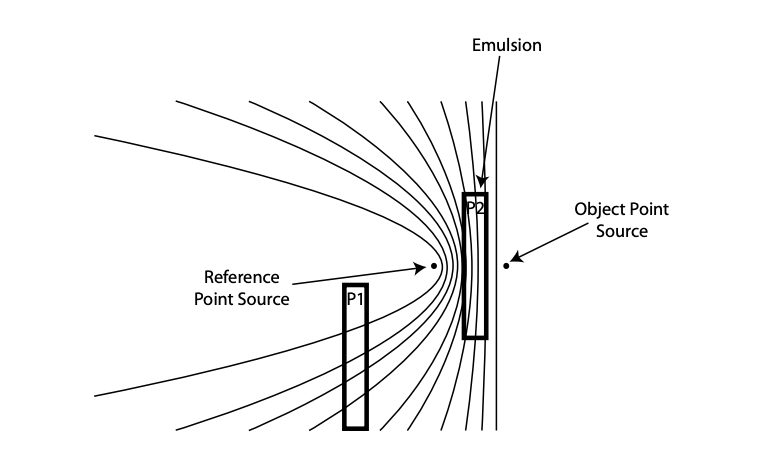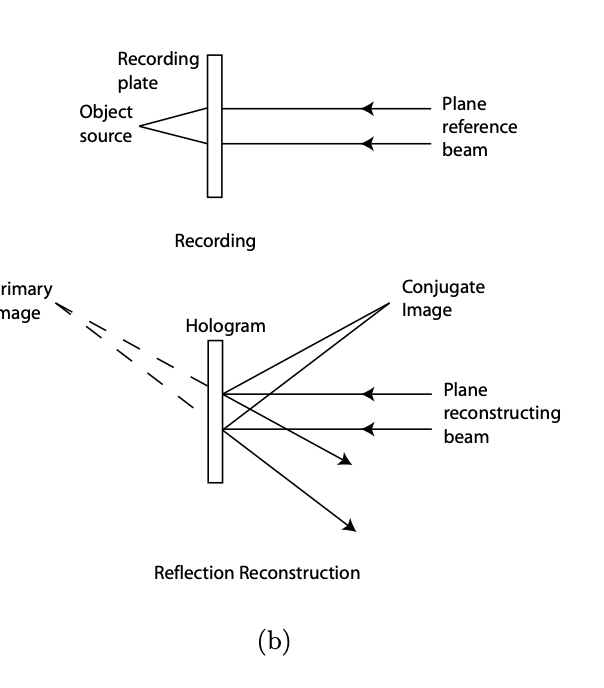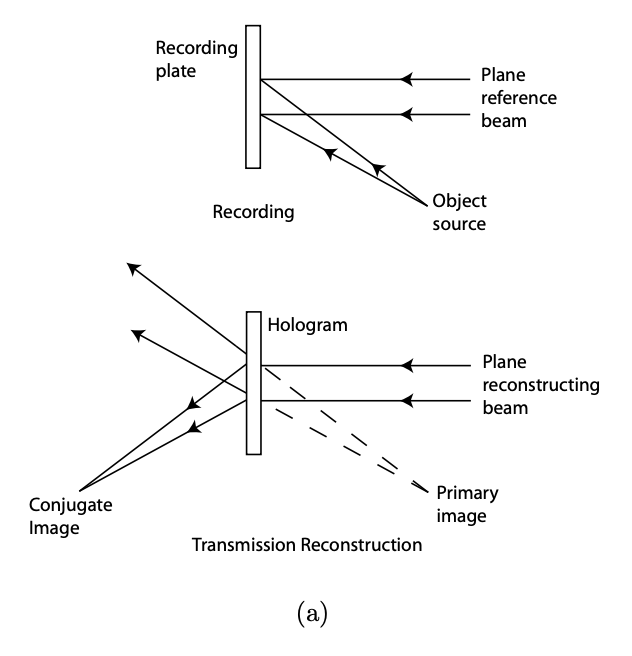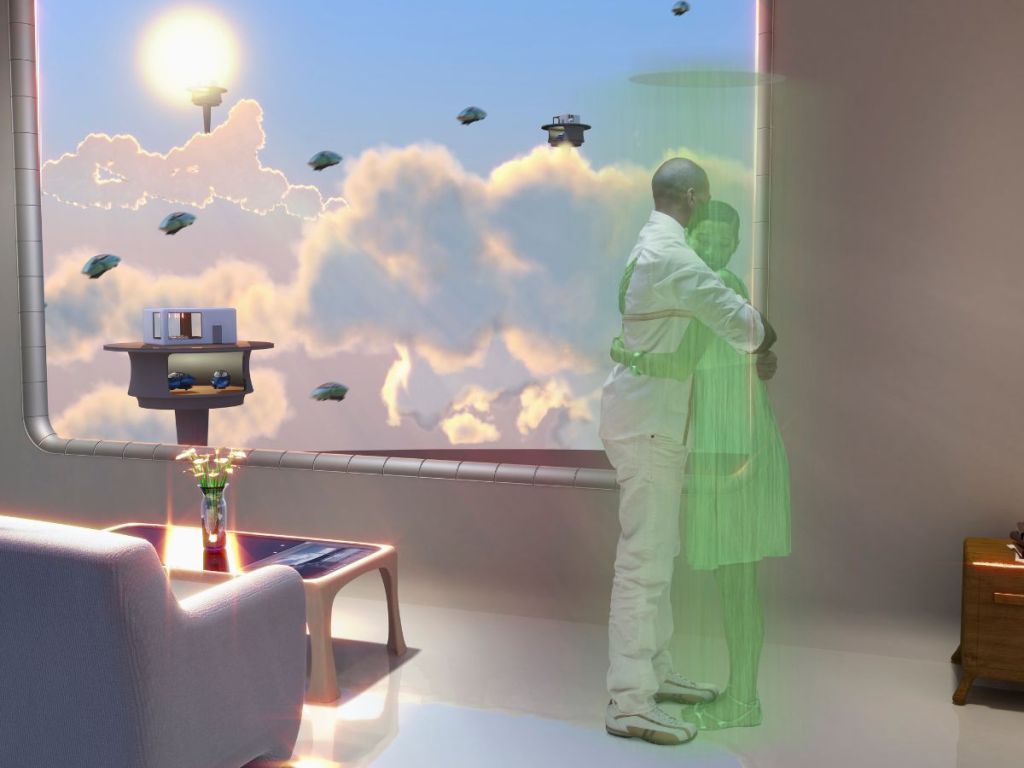What even is a hologram? Last month, devoted fans of Japanese ‘vocaloid’ royalty Hatsune Miku were in a shambles.
They attended a concert by the virtual idol only to find out that she ‘performed’ out of an LED screen instead of being projected via a hologram — a medium she is known for since being introduced to the world 17 years ago.
But what is a hologram, how does it work, and what could it be used for?
Table of contents
What is a hologram? Everything on the technology
A hologram is a 3D image that’s created when light is reflected and scattered off an object. It is a result of a photographic technique called holography.
Looking at a hologram often feels like looking at a 3D image trapped inside glass. Holograms are more commonplace than we think. They are used in everyday items like CDs, DVDs, credit cards and identity cards.
How do they work?
To generate a hologram, a laser beam, beam splitters, lens and mirrors are typically used. The laser beam is pointed at a beam splitter to divide the light into two, which then bounces off mirrors to pass through a lens.

Types of holograms
There are two main types of holograms.
- Reflection holograms
This is the most common type of hologram. A reflection hologram is made when light or a laser beam bounces off the surface of an image contained in a thick emulsion. A 3D image is then created. Reflection holograms are most commonly found in cute little items like stickers and photocard souvenirs.

- Transmission holograms
A transmission hologram is when a light source or laser beam — of any frequency — is directed behind the hologram. The image is then transmitted to the viewer’s side. Making a transmission hologram requires the same materials as a reflection hologram. However, a transmission hologram cannot be viewed under white light.
If you have a Visa credit card, turn to the back and you might be able to see a hologram of an eagle. That eagle is an example of a transmission hologram.

- Hybrid holograms
As its name suggests, a hybrid hologram is a mix between reflection and transmission holograms. This type of hologram is also pretty common in everyday items, the most common being the rainbow-coloured hologram you see in cards and decorative stickers.
Applications of hologram technology
Holograms are used in different industries. In the medical field holographic images are used to visualise data for doctors, surgeons and medical students.
On a larger scale, they are used in entertainment. Japanese singer Hatsune Miku, one of the country’s most famous pop stars, is the best example of the technology at its peak.
Hatsune Miku, introduced to the world in 2007, is a pop star purely conjured via hologram. Thanks to the technology’s novelty, as well as the sophistication of Miku’s computer-generated vocals, the hologram pop star’s career has spanned over 15 years and is still going strong today.
In Hollywood, late megastars Michael Jackson and Tupac Shakur have been revived with hologram technology in concerts. In advertising and marketing, holograms have been used for engaging ads by brands like Nike.
Are we in a hologram?
Interestingly, there exists a theory among some physicists that we humans are living inside a hologram — and that is Earth. By explaining the relationship between string theory, the theory of gravity, and physics, Argentinian physicist Juan Maldacena proposed that in a “hypothetical universe” Earth could be a hologram.
Is this true? Not really. In 2015, a study by scientists at California’s Institute of Technology found “no evidence” that the universe is a hologram. The scientists tried to measure evidence of holographic noise with a sophisticated tool called the interferometer, but they found nothing.
Nonetheless, the question of whether or not we live in a hologram remains one that continues to fascinate scientists to this day.
Future of the technology
Holograms are widely used in different fields, particularly in the entertainment industry. With rapid tech development it won’t be surprising to see holograms becoming more immersive and lifelike.
In 2023 Dutch company Holoconnects was developing “holographic video technology”, allowing a person’s hologram to appear on video calls, virtual conferences and so on.
Image: Jayme Thornton via Getty Images





